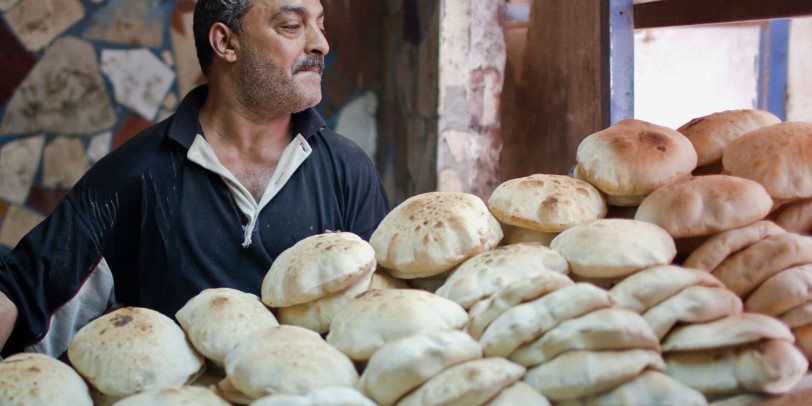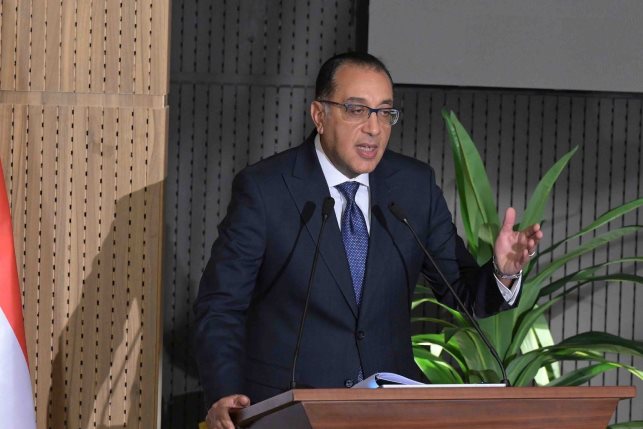Egypt raises price of subsidized bread to 20 piasters, starting from next June
Egypt is the largest importer of wheat in the world and provides subsidized bread to more than 70 million of its residents as part of a huge food subsidy program.

Egypt will raise the price of subsidized bread from 5 piasters to 20 piasters, starting from next June, Prime Minister, Mostafa Madbouly, announced today during a press conference.
Prime Minister Madbouly added that this raise came for the first time in 30 years. He added that the cost of a loaf of bread to the government is 125 piasters.
Egypt subsidizes each loaf of bread with 105 piasters, which means that the state will bear about EGP 105 billion annually.
Egypt is the largest importer of wheat in the world and provides subsidized bread to more than 70 million of its residents as part of a huge food subsidy program.
Recently, The Prime Minister addressed the matter of bread subsidies, highlighting Egypt’s annual production of 100 billion loaves under this program. He added that the government sells each loaf for just 5 piasters, resulting in a total revenue of only EGP 5 billion for the state.
Moreover, Egypt provided more than EGP 100 billion to support bread.
Earlier in April, Minister of Supply and Internal Trade, Ali Al Moselhi, announced the official prices for tourist bread. The pricing came as follows: 150 piasters for bread weighing 80 grams, 75 piasters for 40 grams, and 50 piasters for 25 grams.
It’s worth noting that in Egypt there are two types of bread, one of them is the tourist bread which is unsubsidized bread that a citizen buys without a ration card.
The free or tourist bread has no official regulation. This absence of regulation allows various bakeries to sell loaves with different weights and set prices according to their discretion.
The pricing of these bread loaves is determined by factors like the type of flour used and the economic status of their customers.
The second one is the subsidized bread, which is sold at a fixed price and weight. This subsidized bread can be purchased exclusively through state-issued bread ration cards.





